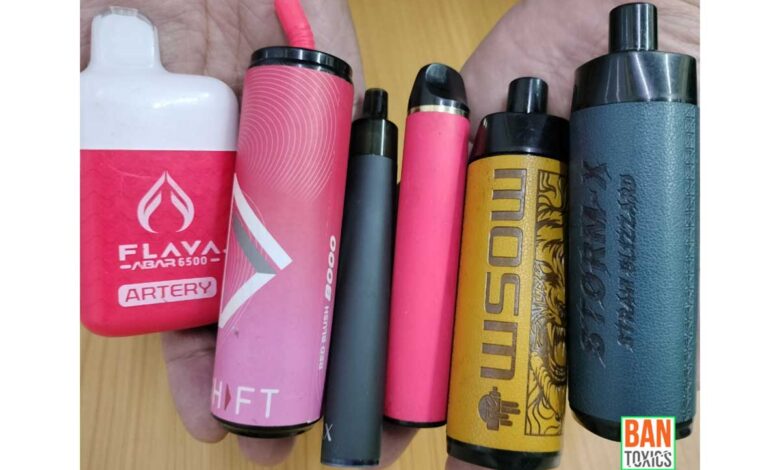Puff It and Bin It: The Impact of Disposable Vaping on Waste Management

The realm of vaping has undergone a transformation with the advent of disposable vape devices, offering convenience, flavors, and portability. However, this revolution comes with its own set of environmental considerations. As the popularity of disposable vaping grows, so does the concern surrounding waste management. This article delves into the impact of disposable vaping on waste management, exploring the challenges and potential solutions to address this pressing issue.
The Disposable Vape Revolution
Disposable vape flum float devices have emerged as a convenient and accessible option for nicotine consumption. Their pre-filled cartridges, ease of use, and variety of flavors have made them a go-to choice for both beginners and experienced vapers. However, the disposability that makes them so convenient also presents an environmental challenge.
Disposable Devices, Disposable Waste
One of the primary concerns with disposable vaping is the generation of waste. Traditional vaping devices often involve refillable cartridges and replaceable coils, which can be more sustainable in the long run. Disposable vape devices, on the other hand, contribute to the accumulation of single-use waste. These devices are designed to be discarded after use, leading to a significant increase in plastic and electronic waste.
As the popularity of disposable vaping grows, waste management systems are grappling with the influx of discarded devices. This raises questions about the responsibility of both manufacturers and consumers in managing this waste stream.
Environmental Impact: Plastic and E-Waste Concerns
Disposable vape devices are typically constructed from a combination of plastic and electronic components. The improper disposal of these materials can have far-reaching environmental consequences. Plastics, which are slow to decompose, contribute to the growing problem of plastic pollution in oceans and landfills. Additionally, the electronic components contain various metals and chemicals that can leach into the environment if not disposed of properly.
The environmental impact of disposable vaping extends beyond the physical waste itself. The production, transportation, and disposal of these devices contribute to carbon emissions and resource consumption. As the vaping industry continues to grow, addressing these concerns becomes essential for mitigating its ecological footprint.
Exploring Solutions: Sustainability and Awareness
The vaping industry and its consumers have a crucial role to play in mitigating the impact of disposable devices on waste management. Manufacturers can explore more sustainable materials for device construction, invest in recyclable components, and implement take-back programs to ensure proper disposal and recycling of used devices.
Consumers can also contribute by adopting responsible vaping habits. Proper disposal of disposable vapes devices, recycling when possible, and participating in electronic waste collection programs are steps that individuals can take to minimize their environmental impact.
Regulations and Industry Standards
As the environmental concerns surrounding disposable vaping grow, regulatory bodies and industry organizations are stepping in to address the issue. Some jurisdictions have introduced regulations related to e-waste management and product labeling to promote responsible disposal. Industry associations are working to establish guidelines for manufacturers to reduce the environmental impact of their products.
Conclusion
While disposable vaping offers convenience and a wide range of flavors, its impact on waste management cannot be ignored. As the industry evolves, finding sustainable solutions to mitigate the environmental consequences of disposable vape devices is paramount. By adopting responsible practices, from manufacturers to consumers, we can strike a balance between enjoying the benefits of vaping and safeguarding the planet for future generations. The future of vaping lies not only in the clouds it produces but also in the responsible management of the waste it generates.



